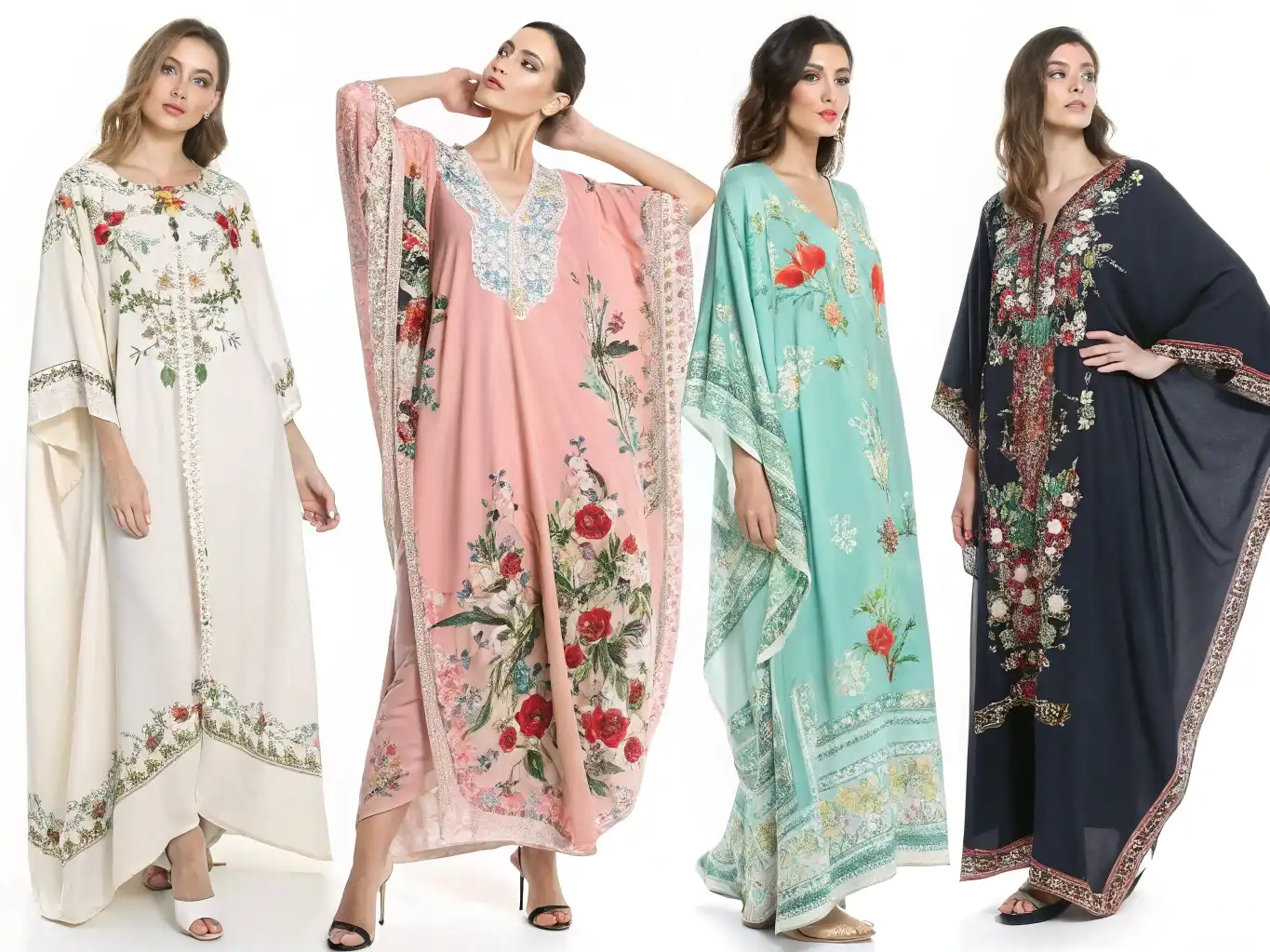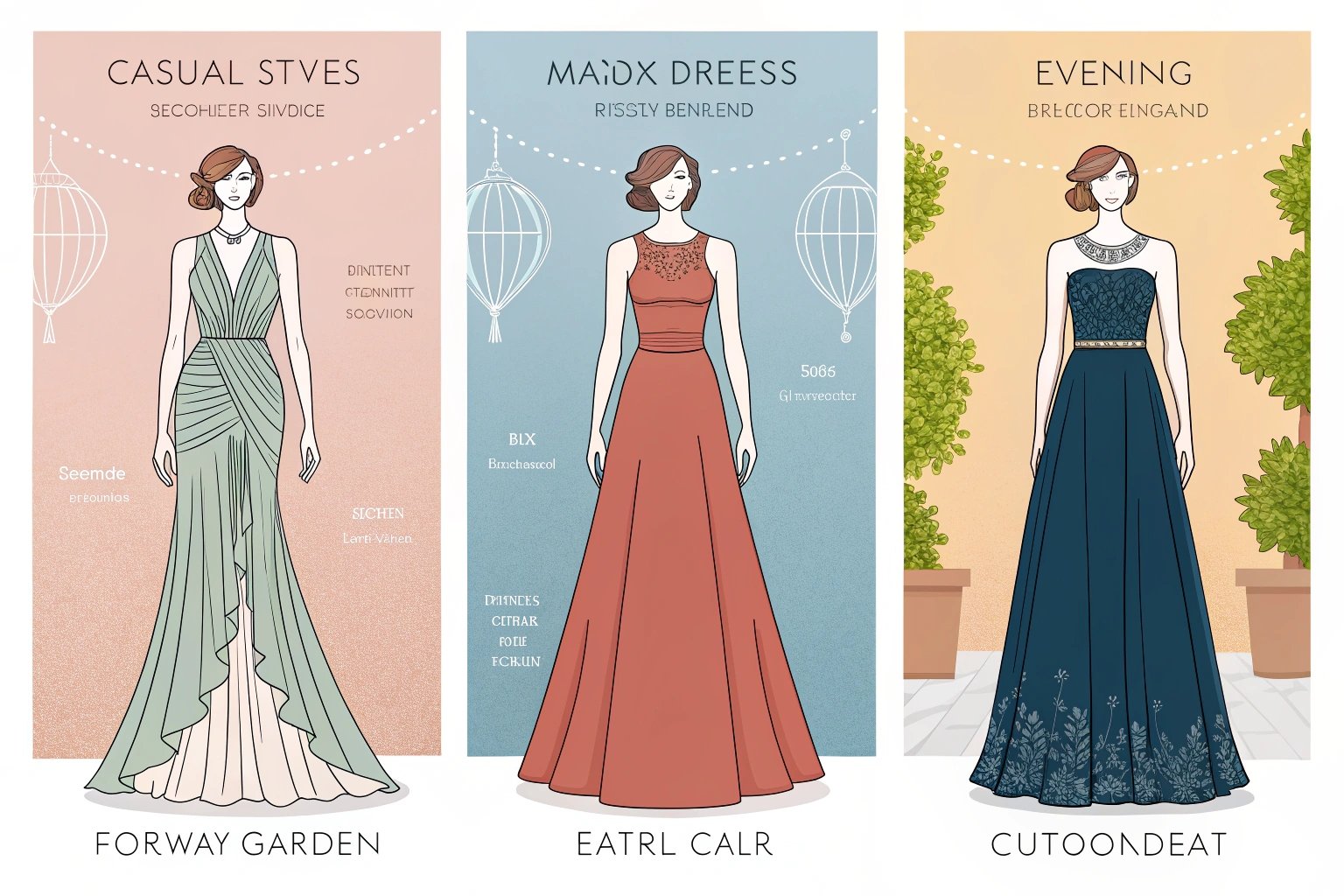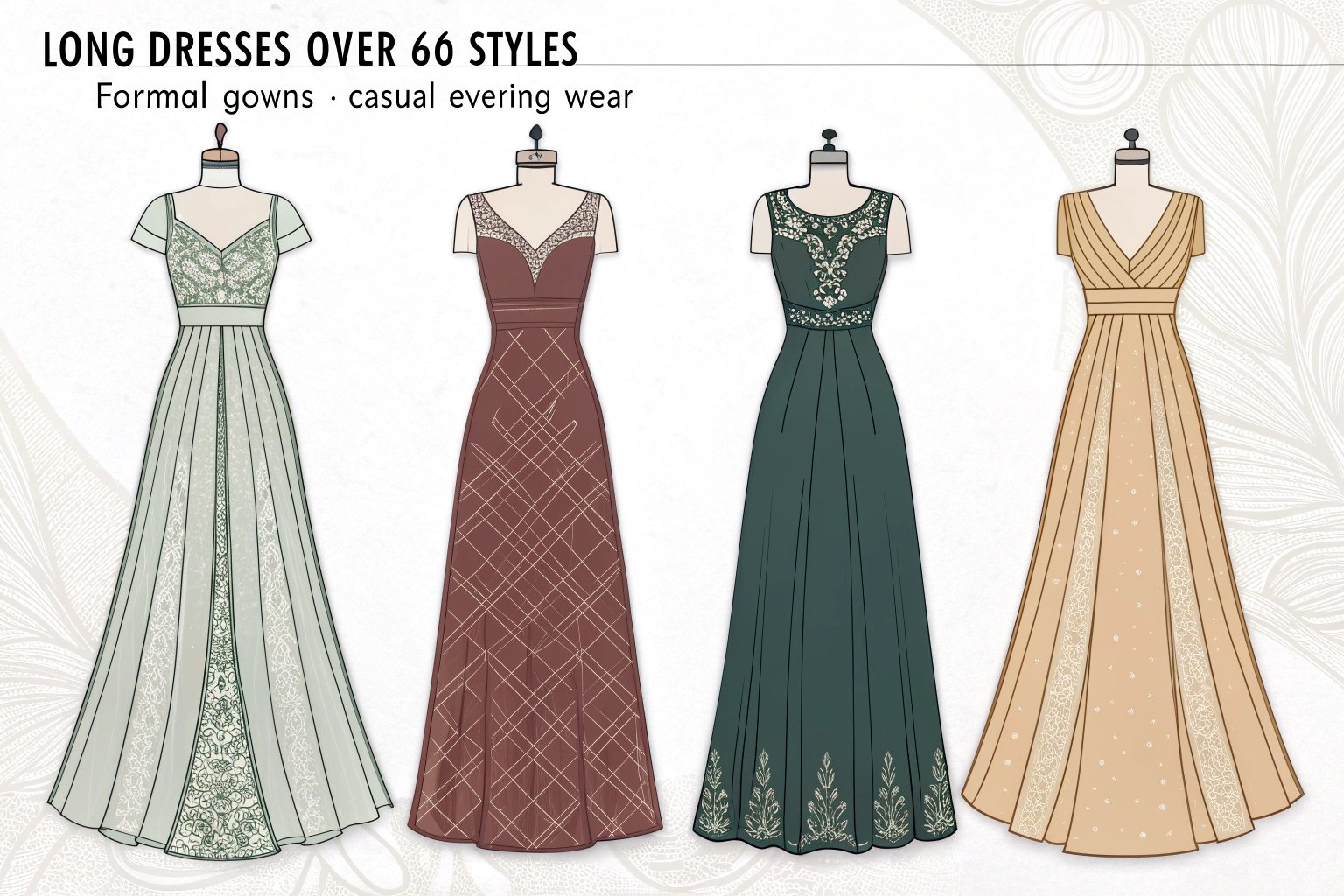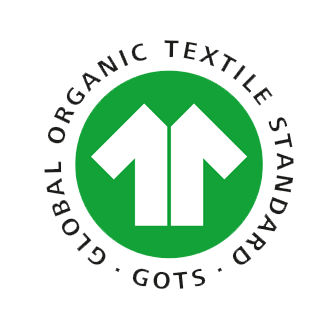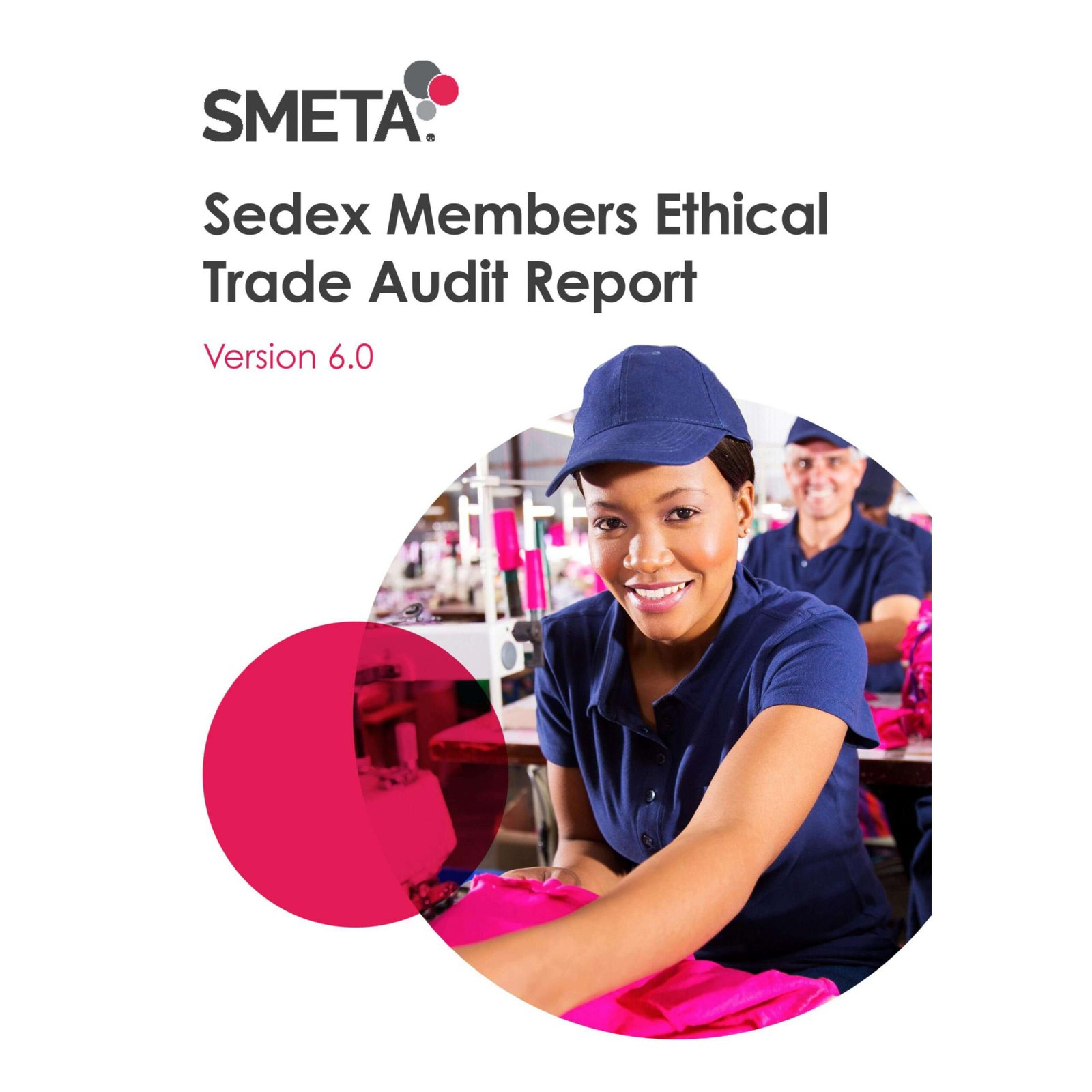When starting a clothing brand, one of the biggest concerns is the cost of manufacturing1. From choosing the right fabrics to setting up the production process, there are many factors that determine the price of producing your designs. In this article, we’ll break down the primary costs involved and offer tips on how to manage them.
The cost to manufacture clothes with apparel manufacturers varies based on factors like materials, quantity, and custom designs. Understanding these costs is essential to budgeting effectively for your clothing line.
Manufacturing clothes involves more than just paying for fabric. It’s important to consider all aspects of the production process, from labor to materials to logistics. Let’s explore the costs involved and how you can plan your budget effectively.
What Are the Primary Costs Involved in Clothing Manufacturing?
Clothing manufacturing involves multiple cost factors, each influencing the total price you’ll pay. Understanding what these costs are is crucial for anyone looking to produce their own clothing line.
The primary costs include raw materials, labor, and overhead costs like factory operations. The complexity of the designs and the volume of production can also impact the final price.
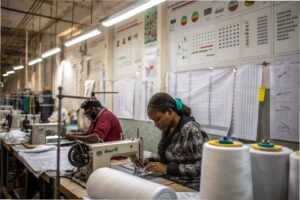 Sewing clothes in a factory setting.
Sewing clothes in a factory setting.
When evaluating manufacturing costs, it’s important to break them down into categories. This way, you can assess where your money is going and make informed decisions. Below is a table showing the key components of clothing production costs:
| Cost Component | Description | Examples |
|---|---|---|
| Raw Materials | The fabric, trims, and accessories used in the clothing. | Cotton, polyester, buttons, zippers |
| Labor Costs | Wages paid to workers involved in the production process. | Sewing, cutting, packaging |
| Overhead Costs | Factory expenses for machinery, utilities, etc. | Equipment, electricity, rent |
| Shipping & Logistics | Costs for transporting goods to and from the factory. | Freight, customs duties, packaging |
How Do Apparel Clothing Manufacturers Charge for Production?
Manufacturers typically charge based on the number of units, complexity of the designs, and the type of materials used. Some manufacturers also have minimum order quantities (MOQs), which can significantly influence your costs.
Apparel manufacturers usually charge per unit, with the price per unit decreasing as the order size increases. For custom designs, the complexity and pattern development add to the cost.
What Are the Fixed vs. Variable Costs in Clothing Manufacturing?
Understanding the difference between fixed and variable costs is key to calculating how much you’ll pay for production. Fixed costs remain the same regardless of production volume, while variable costs change depending on the quantity produced.
| Type of Cost | Description | Example |
|---|---|---|
| Fixed Costs | Costs that don’t change with production volume. | Equipment, factory rent |
| Variable Costs | Costs that change based on production volume. | Raw materials, labor |
Fixed costs, such as factory setup and machinery, are incurred whether you produce 100 or 1,000 garments. Variable costs, on the other hand, are dependent on the number of units produced, such as fabric costs and labor expenses.
How Do Apparel Clothing Manufacturers’ Pricing Vary Based on Quantity?
Quantity plays a huge role in determining manufacturing costs. Let’s take a closer look at how apparel manufacturers adjust their pricing depending on the order size.
Pricing typically decreases as the order quantity increases. This is due to economies of scale—larger orders allow manufacturers to spread the fixed costs over more units, resulting in a lower cost per piece.
Larger quantities help reduce production costs per unit, but it’s important to balance cost savings with the realities of your business. A table below shows how pricing might vary based on order quantity:
| Order Quantity | Unit Cost (Example) | Total Production Cost |
|---|---|---|
| 100 units | $15 per unit | $1,500 |
| 500 units | $12 per unit | $6,000 |
| 1,000 units | $10 per unit | $10,000 |
How Do Minimum Order Quantities (MOQs)2 Affect Your Manufacturing Costs?
Minimum Order Quantities (MOQs) refer to the minimum number of units that a manufacturer will produce per order. MOQs are designed to make production more efficient for the manufacturer but can significantly impact your costs.
Manufacturers often set MOQs to ensure that production runs are cost-effective. Lower quantities can result in higher unit prices due to the inability to leverage economies of scale.
| Manufacturer’s MOQ | Impact on Unit Cost | Typical MOQ Range |
|---|---|---|
| 100 units | Higher unit cost | 100 – 500 units |
| 500 units | Lower unit cost | 500 – 2,000 units |
| 1,000 units or more | Lowest unit cost | 1,000+ units |
If you’re unable to meet an MOQ, you may face higher unit costs or even have to work with a different manufacturer. The key is to find a balance between your target budget and the manufacturer’s MOQ.
Can Bulk Orders Significantly Lower Production Costs with Apparel Clothing Manufacturers?
Yes, bulk orders3 can lower production costs per unit. As manufacturers produce larger volumes, they can reduce overhead costs and benefit from better raw material pricing.
Bulk orders can result in significant savings. However, you need to ensure that you can sell the additional units to avoid unnecessary overstocking.

What Factors Impact the Total Cost of Manufacturing Clothes?
Beyond quantity, several other factors affect the cost of manufacturing clothes. Let’s explore some of these key elements.
Factors such as fabric type, design complexity, and the country of manufacture all influence how much it costs to produce your garments.
Understanding how these elements affect your overall production costs will help you make better decisions about sourcing materials and designing your collection. Let’s break down how each factor influences pricing:
| Factor | Impact on Cost |
|---|---|
| Fabric Type | Premium fabrics like silk or wool are more expensive than basic cotton or polyester. |
| Custom Designs | Custom patterns or prints will increase design and production costs. |
| Manufacturing Location | Labor and material costs vary depending on where the clothing is produced. |
| Order Size | Larger orders help reduce unit costs due to economies of scale. |
How Do Fabric Types and Materials Affect the Cost of Clothing Production?
The fabric you choose directly impacts your costs. High-end materials such as silk, leather, or organic cotton cost more than basic fabrics like polyester or cotton blends.
Premium fabrics increase the cost of raw materials and may also require specialized equipment or labor to work with, adding to the overall expense.
How Do Custom Designs and Patterns Influence Manufacturing Expenses?
Custom designs and patterns add to your production costs due to pattern-making, sample creation, and additional time needed for modifications.
Custom designs typically require an initial investment in sample creation and pattern development. The more intricate the design, the more expensive the production process becomes.
How Can You Save Money When Working with Apparel Clothing Manufacturers?
Manufacturing your clothing line doesn’t have to break the bank. There are several strategies you can use to reduce costs without sacrificing quality.
Smart negotiations, sourcing materials efficiently, and optimizing logistics can all help you save money. Let’s dive into a few strategies.
Saving money requires proactive planning and an understanding of where you can cut costs without compromising your brand’s quality. Some of these cost-saving strategies are:
| Strategy | Explanation |
|---|---|
| Negotiate Pricing | Work with manufacturers to get better pricing based on volume or long-term partnerships. |
| Optimize Shipping | Reduce shipping costs by consolidating orders and negotiating with freight providers. |
| Bulk Fabric Sourcing | Purchase fabric in bulk to get discounts on raw materials. |
What Are the Best Strategies for Negotiating Pricing with Apparel Clothing Manufacturers?
When negotiating with manufacturers, it’s important to consider both price and quality.
Long-term relationships, order size, and payment terms can be used as bargaining tools to get a better deal.
How Can You Reduce Shipping and Logistics Costs When Manufacturing Clothes?
Shipping and logistics can eat up a significant portion of your budget.
Consolidating shipments, using freight forwarding companies, and negotiating shipping terms can help reduce these costs.

What Are the Hidden Costs of Working with Apparel Clothing Manufacturers?
Beyond the obvious costs, there are hidden expenses that can add up quickly. Let’s uncover these less-discussed factors that can affect your total manufacturing costs.
Hidden costs include quality control, testing, and potential extra fees for international manufacturers.
When working with manufacturers, be sure to account for these hidden costs in your budget. Below are some often-overlooked expenses:
| Hidden Cost | Description |
|---|---|
| Quality Control | The cost of ensuring products meet your standards through testing and inspections. |
| International Fees | Tariffs, taxes, and customs duties when importing goods from other countries. |
How Do Quality Control and Product Testing Add to Your Costs?
Ensuring that your products meet industry standards or your brand’s requirements can add substantial costs for testing and quality control.
Though it’s an added expense, investing in quality control can prevent costly mistakes and returns down the line.
What Are the Additional Expenses of Working with International Apparel Clothing Manufacturers?
Working with international manufacturers often comes with additional hidden costs, such as tariffs, customs duties, and shipping delays.
While international manufacturing may offer cheaper production costs, you must account for the complexities of international trade, including customs fees and logistics.
Conclusion
Manufacturing clothes involves numerous cost factors, from raw materials to logistics to quality control. By understanding the primary costs and hidden expenses, you can better plan your budget and reduce unexpected financial strain. Effective negotiation, smart sourcing, and careful planning can help you maximize cost savings while ensuring quality production.
-
Understanding the cost of manufacturing is crucial for budgeting your clothing line effectively. Explore this link for detailed insights. ↩
-
Learn how MOQs can impact your production costs and help you make informed decisions for your clothing brand. ↩
-
Discover how bulk orders can lead to substantial savings in production costs, ensuring better profitability for your brand. ↩


